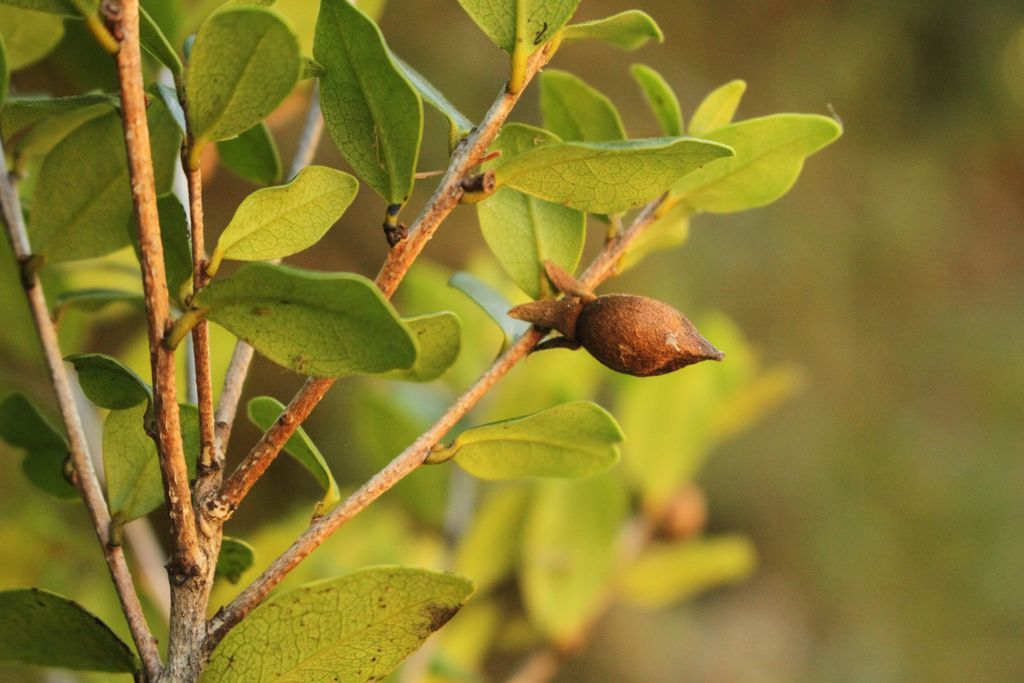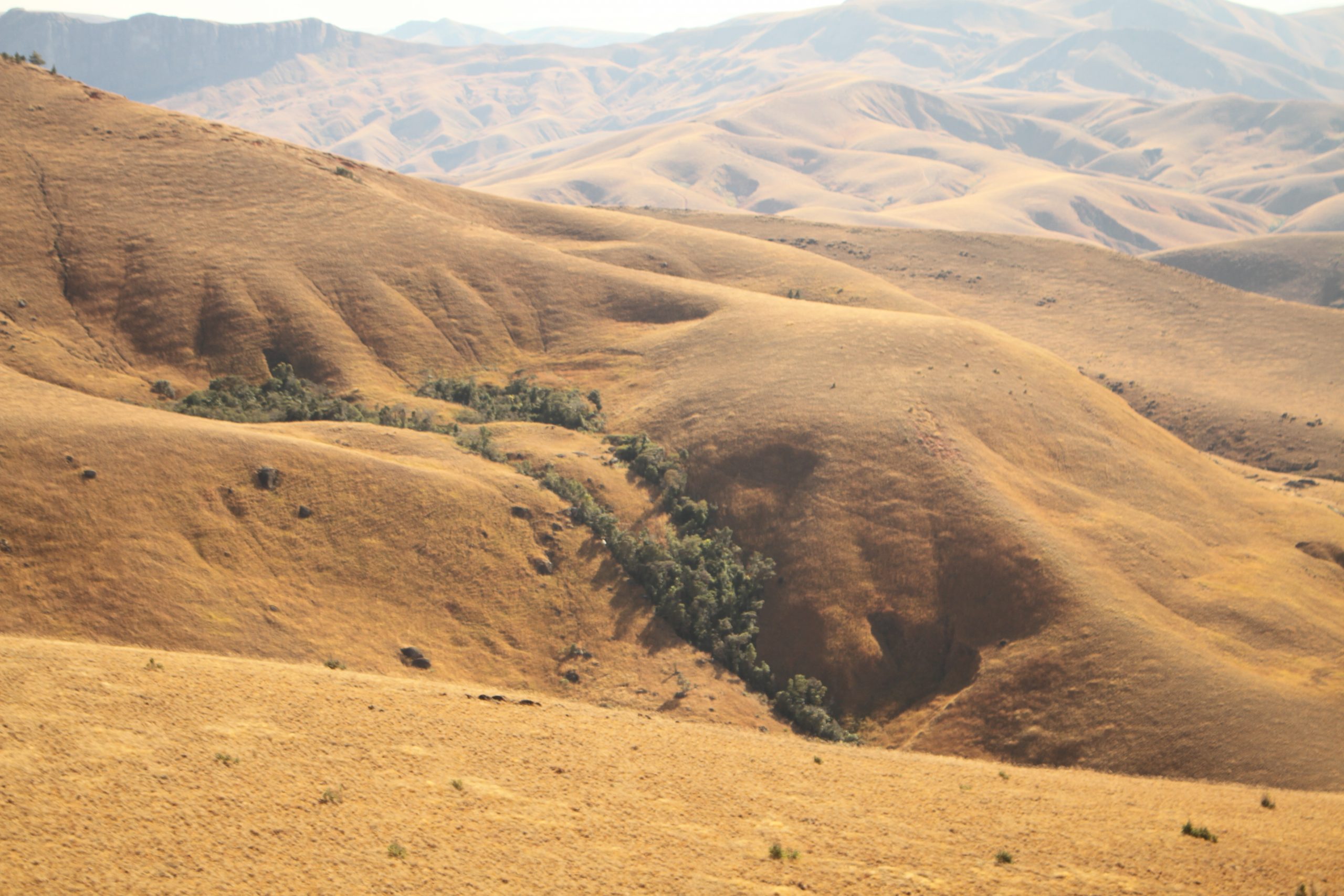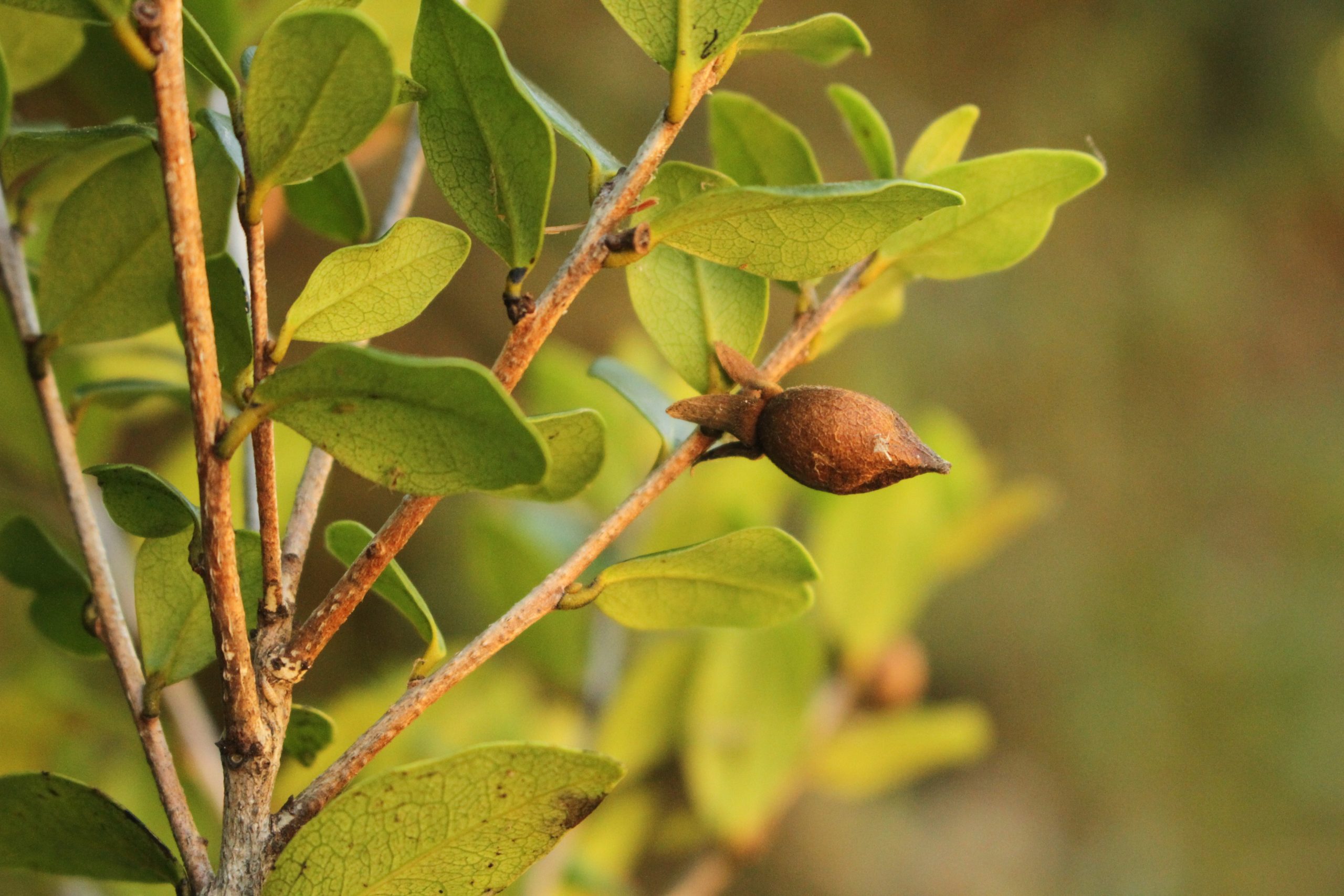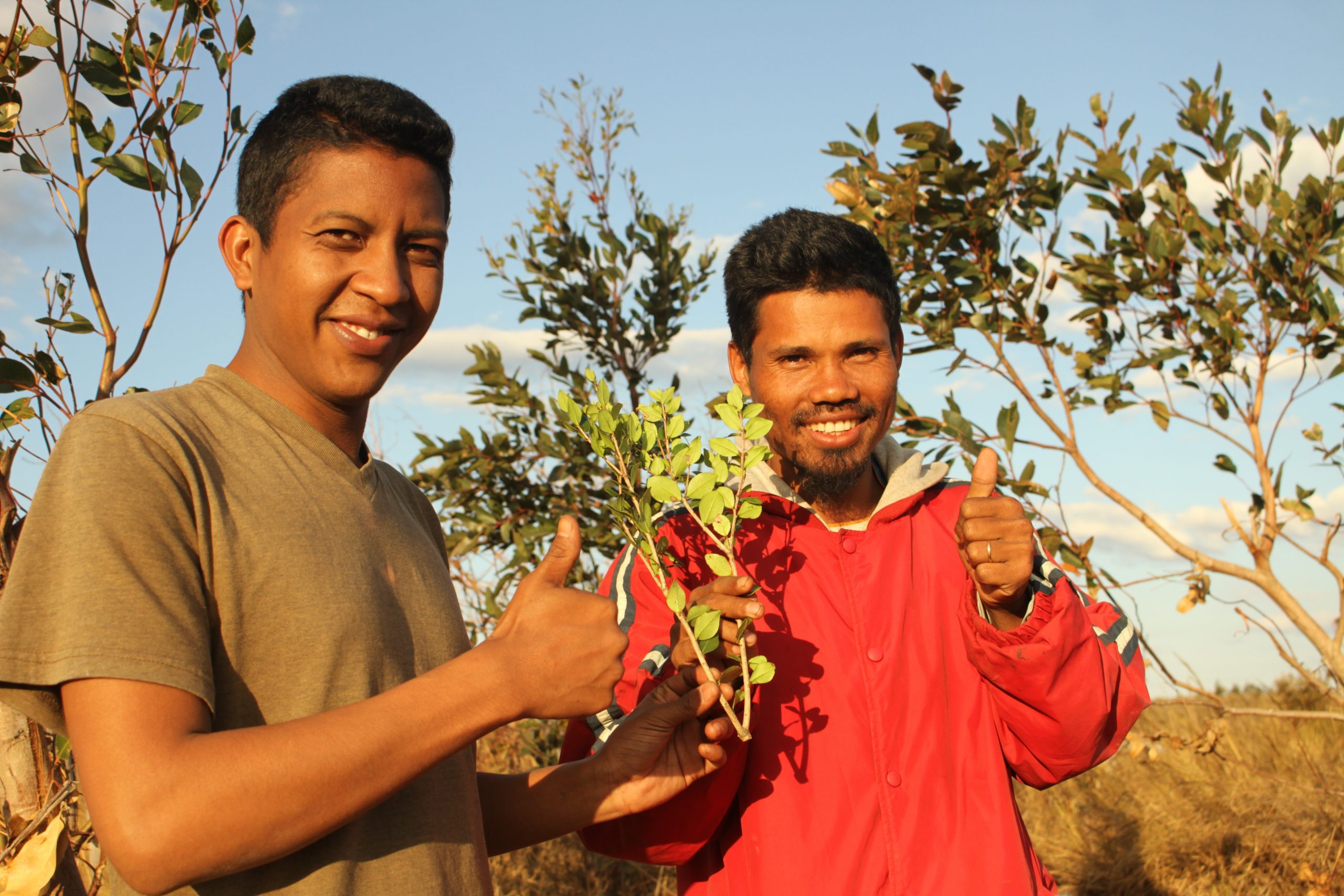Rediscovery and conservation of the lost ebony, Madagascar

-
Status of project
Completed -
Region
Africa -
Country
Madagascar -
Programme
BGCI -
Workstream
Saving Plants -
Topic
Year in review 2022
Funded via the Global Botanic Garden Fund. Project completed in 2022
Missouri Botanical Garden, Madagascar office
Rediscovery and conservation of the lost ebony Diospyros ketsensis in Madagascar
Diospyros ketsensis was collected in 1926 from a fire-threatened fragment of forest on the Malagasy Highlands. Assuming that this plant is not already extinct, we aim to relocate it through systematic searches in the landscape where it was originally recorded, evaluate its status, collect and propagate seed for ex-situ conservation.

Diospyros ketsensis is classified as Critically Endangered and possibly extinct. The main objective of this project is to relocate this species. Then, if relocated, describe its status, collect seeds for ex-situ conservation and safeguard the wild population by making the local community aware and asking their help in conserving it.

We are pleased to report that our team was able to relocate Diospyros ketsensis. Initially all plants we located were sterile and fertile herbarium specimens could only be made after many months of phenological monitoring. In total 4 small sub-populations were located containing a total of 17 mature plants. All the sub-populations were growing in tiny forest fragments that are threatened both by annual wild fires and exploitation of woody plants for timber and fuel. A few seeds were collected and 8 individuals of this species are now growing in the field gene-bank associated with the Ankafobe Forest Protected Area.
Following village meetings, and with the assent of the local population, we could begin work to relocate Diospyros ketsensis. This field work was guided by the maps we had created but also by local knowledge. The objective of this work was first to relocate the species, and then collect herbarium specimens to enable specialist confirmation, estimate the population size and presence of regeneration, and describe the habitat and threats. Also, we hoped to collect seed samples to enable the ex situ conservation of the species. Seed samples were to be propagated to the nearby Ankafobe Forest reserve, which supports a field gene bank.

You can read more about this project in a special Global Botanic Garden Fund issue of BGJournal.